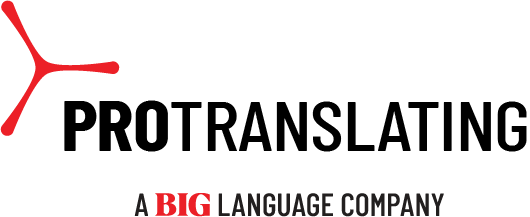
The global manufacturing market is projected as one of the fastest-growing industries of the next decade. Global manufacturing production continues to rise on an annual basis, and manufactured products are being sold across borders at record-setting rates.
As globalization expands business opportunities for manufacturing brands, new challenges and pain points are pushing manufacturers to innovate on their current business models. Digital technologies present more than an opportunity to optimize manufacturing workflows—they’re also a way to help global operations keep pace with market demands, and to leverage low-cost manufacturing without compromising on labor skills and product quality.
Industrial manufacturing brands realize if they want to build sustained success in 2020 and beyond, they need to develop a strong digital infrastructure that will help them stay competitive in the global market. Here are three top trends that will shape this industry, and its market leaders.
1. The Internet of Things
The Internet of Things (IoT) is a transformative technology for the global manufacturing industry, providing a data-connected infrastructure that offers insights and management capabilities to unlock new efficiencies throughout the production process. The application of IoT in manufacturing environments is made possible by broad global Internet access, along with cloud computing solutions that can monitor and manage IoT data, and even direct procedural actions when necessary.
In a general sense, IoT technology serves global manufacturing by bridging the gap between operational technology and information technology. This interconnected approach to manufacturing enables the following capabilities and benefits:
- Increased automation capabilities for complex manufacturing processes
- Consistent digital monitoring of manufacturing facilities and supply chains
- The ability to closely monitor manufacturing activities from a distance—a key tool for businesses managing international manufacturing
- Increased manufacturing efficiency, including reduced downtime and optimized resource management
- Cost reduction opportunities, including reduced labor costs, made possible through automation
- Consistent quality assurance and compliance monitoring
Other manufacturing trends, such as the role of big data and the application of other data-driven manufacturing technologies, depend on IoT solutions to realize their full value for an organization. As manufacturing operations place an emphasis on digital transformation, IoT will play a central role in this process.
2. Predictive Maintenance
Manufacturing equipment doesn’t last forever. Breakdowns and maintenance needs are inevitable—and they’re also costly. The breakdown of a single piece of equipment can grind an entire production line to a halt, resulting in significant financial losses as the company falls further behind in manufacturing its products.
Predictive maintenance can significantly reduce the occurrence of these breakdowns, minimizing production downtime and even extending the life of some of this equipment. Through a combination of IoT technology using sensors to monitor manufacturing equipment, as well as software that tracks maintenance schedules for each piece of equipment, industrial manufacturing plants can take a preventative approach to addressing maintenance needs.
Instead of waiting for equipment to break down on its own, predictive strategies will aim to remedy any situation before it disrupts the production process. Maintenance can also be scheduled so that operational downtime is managed more efficiently. Production lines can be stopped to service multiple maintenance needs in a condensed timeframe. Less downtime, and longer equipment lifespans, combine to improve manufacturing revenues while cutting down on operating costs.
3. Augmented and Virtual Reality
As your manufacturing labor workers are asked to handle new processes and technology, they will likely need additional training and support to successfully perform in these evolving roles. Augmented and virtual reality give global manufacturing brands the ability to deliver effective training and support to workers around the world, while also improving quality assurance, compliance, and consistency in these processes.
AR and VR, for example, can be used to train workers on new processes, such as maintenance tasks or even how to use a new piece of equipment. This can be a safer option than learning on actual manufacturing equipment, where an accident could create the risk of injury and/or financial loss for the company.
In cases where specialized maintenance is required, trained technicians can also use AR and VR to provide remote support for workers to make sure the right procedures are carried out. Laborers can be taught new skills while also reducing unnecessary errors—all of which support efficient, forward-thinking manufacturing operations.
Managing change across a multinational company requires clear communication across both geopolitical lines and language barriers. A language service provider can help you create training materials and other business assets that streamline digital transformation across your organization. Contact Protranslating today to find out how.







